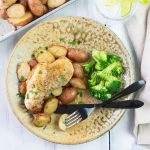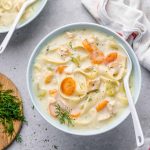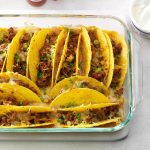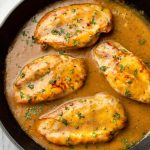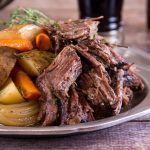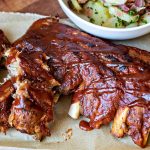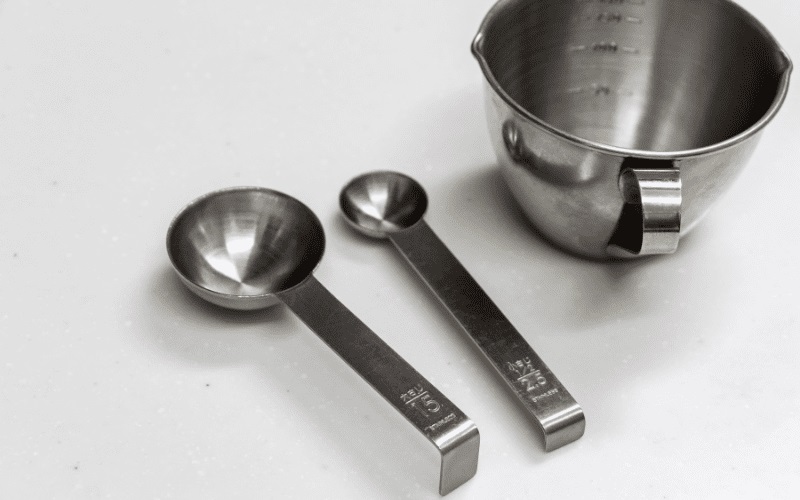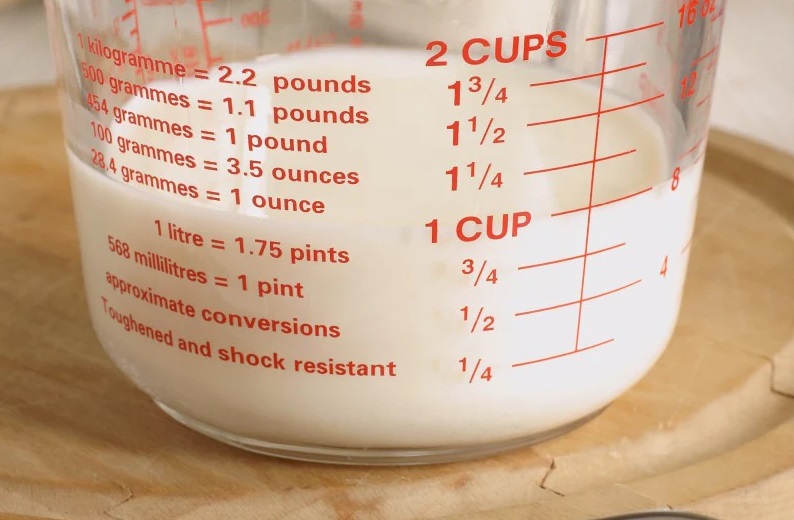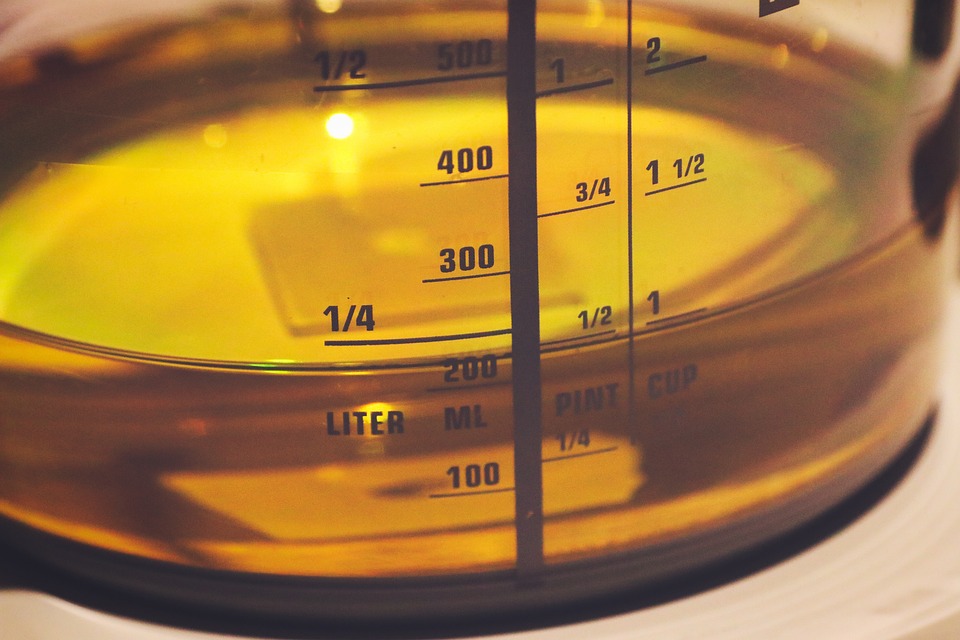Accurately measuring ingredients is essential for successful cooking and baking. However, converting measurements from pounds to cups can be tricky due to the difference in density and volume of various ingredients. In this blog post, we will explore how to measure cups in a pound for various ingredients, explain the difference between measuring dry and wet ingredients by volume and weight, provide a conversion table, discuss the differences between the US and UK measurement systems, and offer practical tips for accurate measurements.
Understanding Dry and Wet Ingredients
Dry Ingredients
Dry ingredients, such as flour, sugar, and spices, are typically measured by weight (in pounds or grams) or volume (in cups or tablespoons). Measuring dry ingredients by volume can be less accurate because it depends on how tightly the ingredient is packed into the measuring cup.
Wet Ingredients
Wet ingredients, like water, milk, and oils, are usually measured by volume. Unlike dry ingredients, wet ingredients are more consistent in volume measurements because they settle into the measuring cup without air pockets.
Measuring by Volume vs. Weight
- Volume: Measures the space an ingredient occupies. Volume measurements can vary based on how the ingredient is packed into the measuring cup.
- Weight: Measures the heaviness of an ingredient. Weight measurements are more accurate because they are not influenced by how the ingredient is packed.
Conversion Table: Pounds to Cups for Common Ingredients
Different ingredients have different densities, which affects how many cups are in a pound. Here is a conversion table for some common ingredients:
| Ingredient | 1 Pound (lb) | Cups |
|---|---|---|
| All-purpose flour | 1 lb | 3 1/3 cups |
| Granulated sugar | 1 lb | 2 1/4 cups |
| Brown sugar | 1 lb | 2 1/2 cups |
| Butter | 1 lb | 2 cups |
| Rice | 1 lb | 2 1/2 cups |
| Rolled oats | 1 lb | 4 cups |
| Cocoa powder | 1 lb | 4 cups |
| Almonds | 1 lb | 3 cups |
| Dried beans | 1 lb | 2 1/2 cups |
| Water | 1 lb | 2 cups |
Note: These measurements are approximations and can vary slightly depending on the specific type and brand of the ingredient.
US vs. UK Measurement Systems
In the US, the standard cup measurement is based on the customary system, while in the UK, the imperial system is used. Here’s a quick comparison:
- US Cup: 1 US cup = 240 milliliters
- UK Cup: 1 UK cup = 284 milliliters
When converting recipes, it’s important to consider these differences to ensure accuracy.
Practical Tips for Accurate Measurements
- Use the Correct Tools: Use dry measuring cups for dry ingredients and liquid measuring cups for wet ingredients. This helps in achieving accurate measurements.
- Leveling Technique: When measuring dry ingredients, use a straight edge (like the back of a knife) to level off the top of the measuring cup, ensuring you have an exact amount.
- Sifting: For ingredients like flour, sift before measuring to avoid compacting and ensure a more accurate measurement.
- Taring the Scale: When using a kitchen scale, always tare (zero out) the scale after placing your container on it before adding the ingredient.
Frequently Asked Questions
How many cups are in a pound of flour?
Approximately 3 1/3 cups of all-purpose flour are in a pound.
How many cups are in a pound of sugar?
There are about 2 1/4 cups of granulated sugar in a pound.
How do I measure a pound of butter in cups?
A pound of butter is equivalent to 2 cups.
Can I use the same measuring cup for wet and dry ingredients?
It’s best to use separate measuring cups for wet and dry ingredients to ensure accuracy.
Why do my measurements seem off when converting from pounds to cups?
Density and packing methods can affect volume measurements, which is why weighing ingredients is often more accurate.
By understanding the differences in measuring techniques and using the correct tools, you can achieve more accurate and consistent results in your cooking and baking. Remember, precision in measurement can make a significant difference in the outcome of your recipes!
